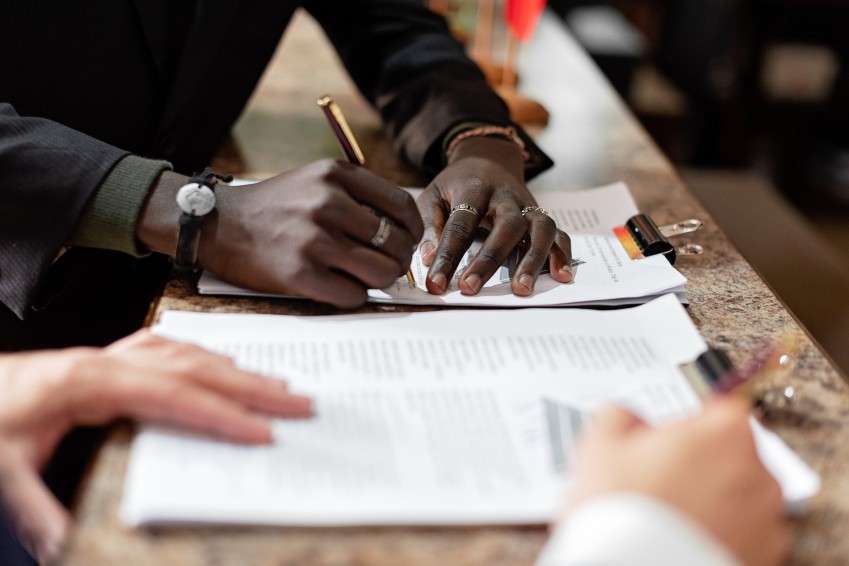Authorship, and the role of the ‘corresponding author’
It is important to acknowledge the people involved in compiling and writing your research. Indeed, many journals now require authors to acknowledge not only the authors who were involved in writing up the research, but also any individuals who contributed to the research in some way. These are referred to as authorship and contributorship.
How is authorship defined?
The ICMJE recommends that authorship be based on the following 4 criteria:
- ‘Substantial contributions to the conception or design of the work; or the acquisition, analysis, or interpretation of data for the work; AND
- Drafting the work or revising it critically for important intellectual content; AND
- Final approval of the version to be published; AND
- Agreement to be accountable for all aspects of the work in ensuring that questions related to the accuracy or integrity of any part of the work are appropriately investigated and resolved.’
Many of the leading journals adhere to these standards maintained by ICMJE (www.icmje.org)
(Taken from http://icmje.org/recommendations/browse/roles-and-responsibilities/defining-the-role-of-authors-and-contributors.html, accessed 2 May 2016)
Individuals who do not meet all four of these criteria above should not be listed as authors but should be acknowledged as contributors. The authors should include details of the kind of contribution that was made, e.g. to securing funding; help overseeing the research; or commenting on or advising on drafts of the research write-up.
What order should I list contributing authors?
A commonly asked question is in what order should I list the authors? There are some standard conventions about this:
- The person who does the most work goes first
- After that, names are in order of greatest contribution
What is a Corresponding Author?
A corresponding author is the individual who, when working on a paper with multiple authors, takes primary responsibility for communicating with the journal you intend to publish in. They communicate with the journal during the manuscript submission, peer review and eventual publication process while ensuring all the journal's administrative requirements are adhered to. The corresponding author usually makes themselves available throughout the process to respond to editorial queries. They should also be available after publication to respond to critiques of the work, any questions that arise and to co-operate with requests for additional data or information.
What does a ‘corresponding author’ do?
This corresponding author is:
- Responsible for the manuscript as it moves through the entire publication process
- The "time keeper" during each phase of the publication process
- The primary contact between the journal and all the other authors of the paper
- Responsible for ensuring that all authors have reviewed and approved the final version of the manuscript prior to submission
- The person who uploads the manuscript to the online submission site, or sends it to the journal for peer review
- Responsible for distributing communications from the journal (e.g., decision letters, reviewers’ reports).
Where should I list the ‘contributors’?
These should be named in the "Acknowledgments" section of the paper. These would include:
- People who provided technical assistance
- People who discussed your ideas with you and gave advice
- Anyone who read early drafts of the paper and gave advice
- People who were the subject of the study
- Funding sources (this is increasingly important, esp. for ’open access‘).
Note, too, that many journals will require you to obtain written permission of the co-authors and contributors to have their names included in the article.
It is also important to read the Notes for Contributors for your target journal to ensure that any specific requirements are met.
Any questions? We can advise you regarding authorship and whether your paper meets the requirements of your target journal or standard international conventions.
Please contact us at: asktheeditors@cwauthors.com or helpdesk@cwauthors.com








